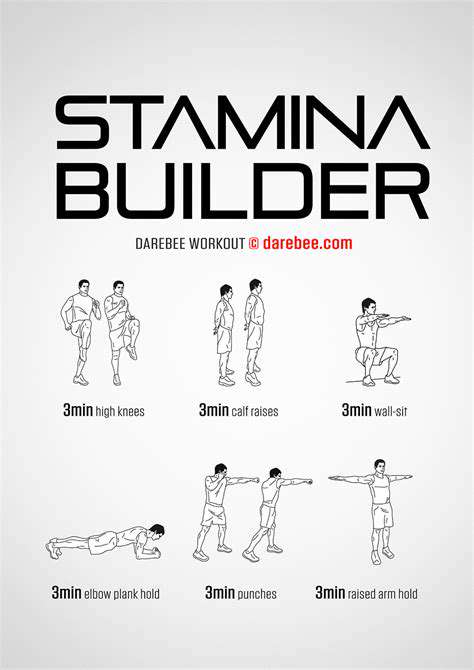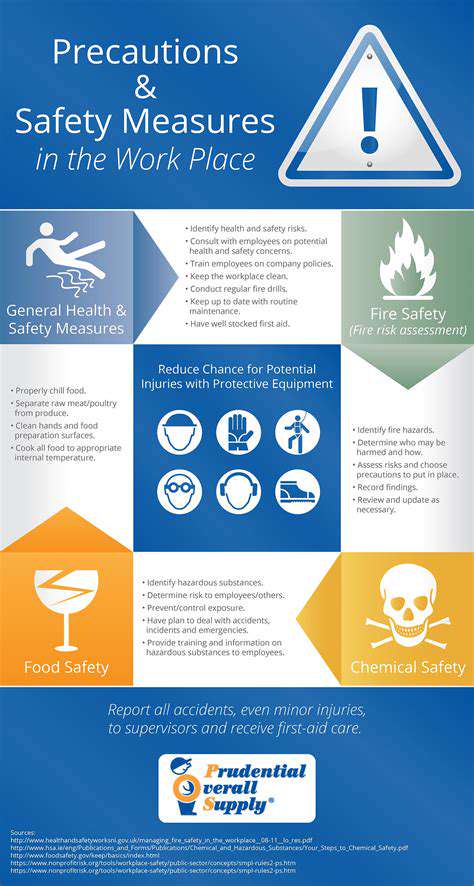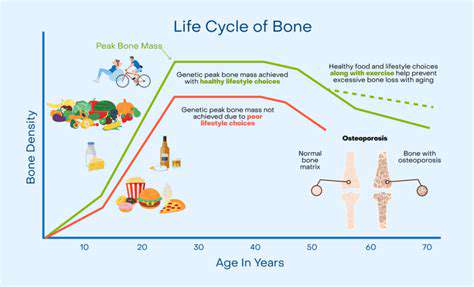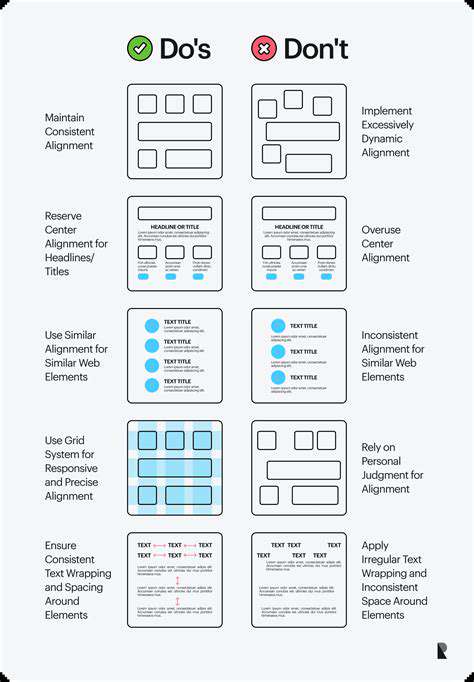Building Stronger Bones: Strength Training Tips for Senior Women
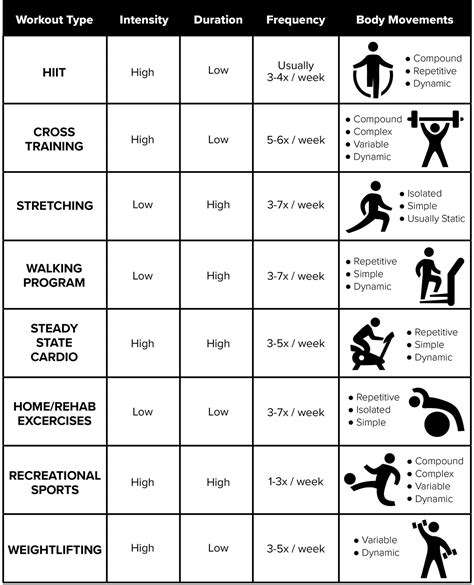

Building a Sustainable Strength Training Routine
Understanding the Fundamentals of Strength Training
Strength training, a cornerstone of building stronger bones, goes beyond simply lifting heavy weights. It encompasses a wide range of exercises, from bodyweight movements to using resistance equipment, all aimed at increasing muscular strength and endurance. Understanding the fundamental principles of proper form, progressive overload, and rest is crucial for maximizing results and minimizing the risk of injury. This understanding is the bedrock of a sustainable and effective strength training routine.
Proper form is essential to prevent injuries and ensure that you're targeting the muscles effectively. Learning the correct techniques for each exercise, whether it's a squat, bench press, or row, can significantly impact the effectiveness of your workout and prevent potential long-term issues. Using proper form, you're not just building strength, you're also building a solid foundation for future strength gains.
Prioritizing Bone-Building Exercises
Certain exercises are particularly beneficial for bone density. Compound exercises, which work multiple muscle groups simultaneously, like squats, deadlifts, and overhead presses, are excellent choices. These movements stimulate bone growth by creating stress on the skeletal system, encouraging the body to adapt and become stronger.
Incorporating exercises that involve weight-bearing activities, such as walking, jogging, or stair climbing, can also significantly contribute to bone health. These activities help to maintain bone density and reduce the risk of osteoporosis, a condition that weakens bones and increases the risk of fractures.
Designing a Progressive Overload Strategy
Progressive overload is the key to continuous strength gains. It involves gradually increasing the weight, repetitions, or sets over time. This gradual increase challenges your muscles and bones, forcing them to adapt and become stronger. Without progressive overload, your body will plateau, and you won't see the desired results in building strength and bone density.
Tracking your progress is essential for implementing progressive overload effectively. Keeping a workout log, noting the weights used, repetitions performed, and sets completed, will allow you to monitor your progress and make adjustments to your routine as needed. This helps you understand how your body is responding and allows you to consistently challenge it in a positive way.
Incorporating Rest and Recovery
Adequate rest and recovery are crucial for muscle repair and growth. Allowing your body sufficient time to recover between workouts is essential for preventing injuries and maximizing the benefits of your strength training routine. Rest periods help the body repair damaged tissues, rebuild muscle fibers, and ultimately lead to stronger bones and muscles.
Listen to your body. If you're experiencing pain, don't push through it. Resting when needed is a sign of a smart, sustainable approach to strength training. It's not a sign of weakness, but rather a sign of a commitment to long-term health and well-being.
Choosing the Right Equipment and Weights
Selecting appropriate weights and resistance equipment is vital for safety and effectiveness. Starting with weights that allow you to complete the prescribed number of repetitions with good form is key. Gradually increasing the weight as your strength improves will ensure you are consistently challenging your body, promoting bone growth and muscle development.
Properly fitted equipment is just as important. Make sure you have comfortable and supportive shoes that provide adequate stability and cushioning. Using equipment designed for your specific exercise will help prevent injuries and maximize the effectiveness of your workouts, ultimately leading to better bone health.
Nutrition for Strength Training Success
A balanced diet rich in protein, calcium, and vitamin D is essential for supporting muscle growth and bone health. Protein is crucial for repairing and building muscle tissue, while calcium and vitamin D are vital for bone density and strength. Consuming adequate amounts of these nutrients through a healthy diet can significantly enhance your strength training results and improve your overall bone health.
Focus on whole, unprocessed foods like fruits, vegetables, lean proteins, and whole grains. These foods provide essential vitamins, minerals, and antioxidants, supporting overall health and well-being, which ultimately impacts your strength training success.
Creating a Sustainable Routine
Consistency is key to seeing results from your strength training routine. Establish a regular schedule that you can maintain over the long term. Consistency allows your body to adapt to the training stimulus and promotes continuous improvement in strength and bone density.
Don't be afraid to adjust your routine as needed. Listen to your body, and make modifications to ensure that you're progressing safely and effectively. A sustainable routine is one that you can stick to long-term and that caters to your individual needs and goals.
